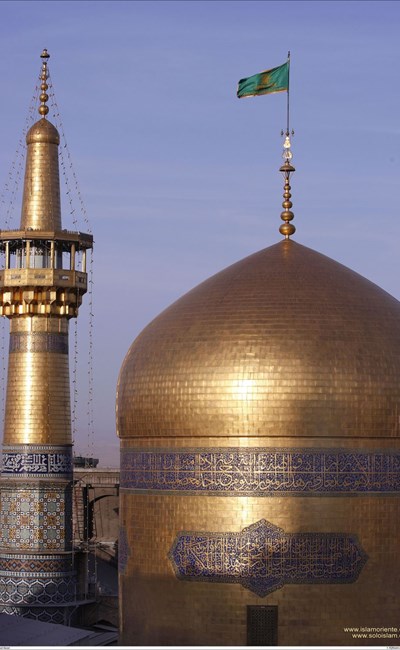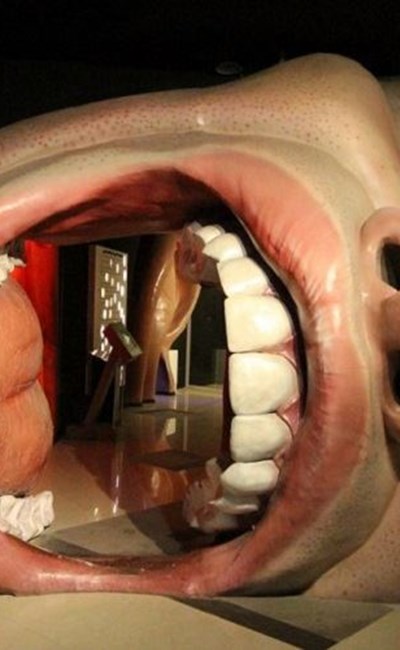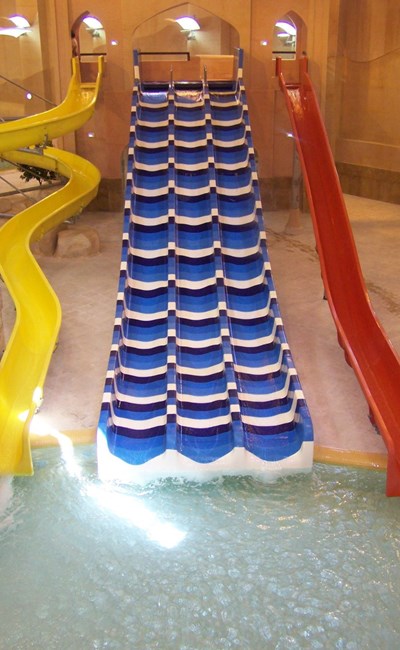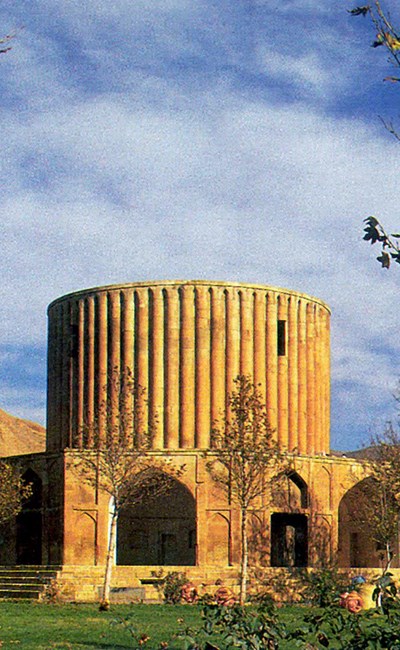Mashhad
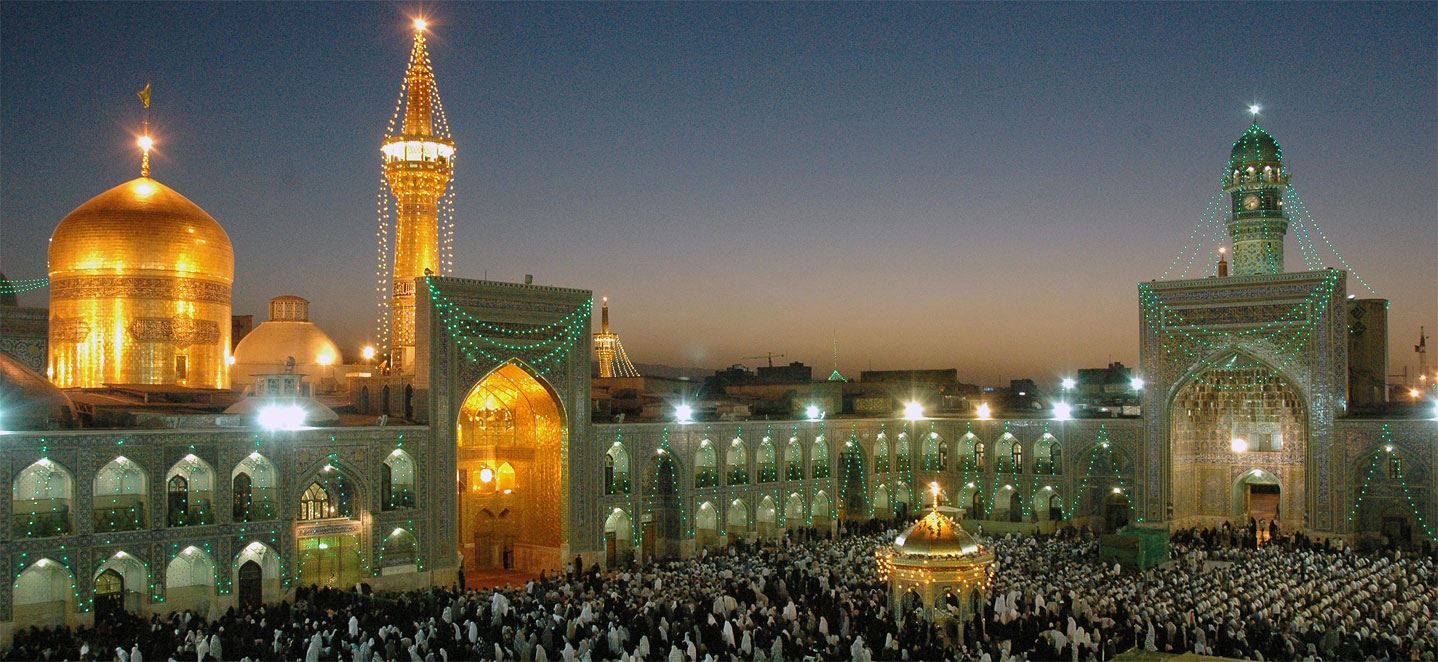
City of Mashhad is the center of the city with the same name and center of the largest province, Khorasan, which has 313337 square kilometers of area, located 36 degrees and 17 minutes north latitude and 59 degrees, 36 minutes and 45 seconds east. The area of the city of Mashhad is 17,358 km2 and is located in the basin of the river. At the southern end of the Toos sedimentary plain, there are two mountains of a thousand mosques
in the north and Binalud in the south, and its height from the sea level is 970 m and its ground It is 934 km to Tehran, and Kasfrud River, 8 km north of this city, flows northwest to the east. The city of Mashhad is limited to the north of Turkmenistan and northwest to Darguz and Chenaran, and to the west and south to Neyshabur and Fariman, and to the east and south-east with Sarakhs and Torbat Jam.
The city has 4 cities (Kalat, Torqabeh, Shandiz and Mashhad) and 5 sections and 15 villages and 1190 villages. The population of Mashhad city according to the latest census in 1996 was 2247996 people, 1908083 people living in the city and 339728 in the village and The rest were non-residents. In Iran's urban hierarchy system, Mashhad is second only to Tehran, which is constantly increasing due to trans-regional credibility and various factors, such as the establishment of trade routes between the countries of Central Asia and Afghanistan.
weather
Due to the special geographical situation in the border region between north and south of Khorasan, Mashhad has weather and climate characteristics, due to its geographical position, and most of the Mashhad-Neyshabour plain is part of the cold, dry and partly climatic zone. From Mashhad plain - Quchan, semi dry and cold, and a small part of the highest altitudes of Binaloud mountains and a thousand mosques is part of the cold wet climate. In general, Mashhad has a climate that is variable but temperate and tends to be cold and dry. It has warm and dry summers and cold and wet winters. The highest temperature in the summer is 35 degrees above zero and the lowest in winter is 15 degrees below zero and the rainfall is variable and the annual rainfall in Mashhad is about 253 millimeters. The important river is discovered by the main branches of Radekan, Targhet, Jaghraq, Dehbar, Zashk, Golestan and Dolat Abad. The sources of groundwater supply in Mashhad plain include Cheshmeh, Qanat, deep and semi-deep wells.
Economic situation
Mashhad is of great importance because it has a fertile plain, as well as for animal husbandry and industry. In the field of agriculture, Mashhad plain has extensive livestock and its main cultivation is wheat, barley, sugar beet, cotton, forage, fodder, watermelon and rainfed peas, and fruit gardens are of considerable size and major products Mashhad is apple, pear, peach, tomato, cherry, sour cherry and so on. Mashhad ranges are mostly forests and are susceptible to having forage, medicinal and industrial species. The area of the meadows is about 1866000 hectares, and artificial grasslands with an area of 2000 hectares and forest area of 22,500 hectares, of which 15,000 hectares are pistachio forests and 7,000 hectares of arc forests. Trees in the forests are Grasshopper, Acacia, Maple, Willow, Pine, Cucumber and Silver Serv. Mashhad is also important for livestock and poultry farming.
Industrial situation
Mashhad is important because of the existence of various mineral resources and the concentration of manufacturing centers and industries such as food, textile, electrical, electronic, chemical, pharmaceutical, cellulose and other metal and non metallic industries, especially handicrafts, and its important handicrafts including carpet weaving Rug and Glim), scarves, handkerchiefs, dowel cloths, molding, stamping on stone, pottery, baskets and rattles, wood products, metal and leather paintings are of great interest to pilgrims and travelers. In Mashhad, as the most industrialized part of Khorasan province, it has the most economic activities in the agricultural sector, food industry, construction industry, textiles and clothing. Food industry is a major activity in the Mashhad industry, and Mashhad has a leading position in the sugar industry of the country and is one of the major exports of Mashhad outside the sugar production area of the city.
In the food industry sector, which is the main industrial activities of Mashhad, in more than 500 units of production and factory, various types of food industries including sugar, milk, pasteurized milk and dairy products, flour, compote, non-alcoholic beverages, juices And other active foods. In the textile, spinning, wool, yarn, weaving and textile industries, various products are offered to the market. In the metal industry, various products, such as doors and windows, cables, electrical wires, electric motors and crimping machines Metals are made and the most important products in the non-metallic minerals industry, chimney, abrasive, panel and stone insulating products. In the handicraft sector, which is the most important goods of travelers and needs of pilgrims, various products in handmade, turquoise, stone and products of damask, crochet, embroidery and carpet weaving are offered for sale to the markets of Mashhad. .
Business situation
The city of Mashhad has been considered as a pilgrimage and tourism city from the past, and now it has become important in terms of cultural, scientific, political and economic pilgrimage as well, due to various reasons, including the presence of more than 12 million The passenger and pilgrims of each year and on the Asian highway route have enjoyed special economic and commercial facilities, as is the administrative center of one of the most important cities of Iran in Mashhad. Pilgrims and travelers are the main driver of the commercial boom in Mashhad, and another factor is Mashhad along the Asian highway, with numerous markets in the city.
The city of Mashhad is northeastern of Khorasan Razavi province and the center of Khorasan Razavi province. The city of Mashhad has been chosen as the spiritual capital of Iran due to the presence of the 8th Shiite Imam (Ali ibn Musa al-Reza). In the ranking of cities in our country, the city of Mashhad after Tehran was placed in second place due to the religious, industrial, economic and demographic situation. It can even be called the capital city of Mashhad and the Central Asian Intercontinental Center, which is also due to trans-regional credit and various factors such as the routes of trade and communication between the countries of Central Asia and Afghanistan.
Location of the city of Mashhad
The city of Mashhad in northeastern Iran is 289 square kilometers and the height of Mashhad is 985 meters. Mashhad distance from Tehran is 894 kilometers. The length of the city of Mashhad is 59 degrees, 15 minutes to 60 degrees and 36 minutes, and its latitude is 35 degrees, 43 minutes to 37 degrees and 8 minutes, in the catchment area of Kashfrud, between the Binalood Mountains and the thousand mosques.
Weather in Mashhad
The weather in Mashhad city varies due to its special geographical location, but in general it is moderate and somewhat cold and dry, and in fact it has cold and wet winters, hot and dry summers. The maximum recorded temperature in the summer is 43 degrees above zero and in winter, the lowest temperature is 23 degrees below zero. The best time to travel to Mashhad is the fall and early spring.
Economy of Mashhad city
Mashhad is considered one of the most important economic hubs in the country due to its services, industry and agriculture. Mashhad also has millions of tourists every year due to the presence of Imam Reza's sanctuary and shrine and other religious places and places of interest. This is the way for tourism services, hotels and hotels to boom. And the most important agricultural products in Mashhad can be saffron, barberry, candy, nuts and dried fruits and grains, sugar beet and products of Jalaliyah. Among the important mines of Mashhad, gypsum, Salt, feldspar, chromite and marble, and the most important wave industries In the city of Mashhad, the food industry, clothing, leather, construction materials, metal industries and handicrafts.
Mashhad city population
The population of Mashhad has changed every day, due to the fact that it is an immigrant and a special geographical location in Mashhad. However, factors also contribute to this change of population, which can be categorized as pilgrimage, tourism, commercial, agricultural and semi-industrial, and It is very difficult to determine population density in the city of Mashhad, but the population of Mashhad and the suburbs can be estimated at around five million people. There are no accurate statistics on the number of tourists visiting Mashhad every year, but according to the latest figures, over 27 million people visited the holy city of Mashhad a year.
Have you ever wondered what attraction Mashhad attracts to tourists? Perhaps you can tell the shrine, the shopping malls, the Torqabeh and Shandiz, maybe add other things to this list. Stay up to date with the best things to know about the city of Mashhad.
Advertising
Book a hotel around the world. Nowruz 97 is a hotel reservation
Everything you need to know about Mashhad
Mashhad is often known to travelers with the shrine and collections surrounding it, as well as the tomb of the great Iranian poet Ferdowsi Tusi, but the city has diverse historical, recreational and cultural complexes and can be an interesting city for tourists in addition to the tour. We plan to introduce you to 20 attractions and places of interest in Mashhad.
The shrine of Imam Reza
The shrine of Imam Reza in the center of Mashhad, Khorasan Razavi province, Iran, is a moorfan of Alireza that is celebrated with Shia Muslims as a "shrine" and sacred. The outstanding monuments of this mosque are the Bazar (Mufan Imam Reza) (425 AH / 1033 AD) and the Goharshad Mosque (built in 821 AH / 1418 AD). The shrine of Imam Reza is a collection with the center of the tomb of the eighth Imam of the Shiites, Ali Mosul Reza, which includes other mosques, shrines, porches, scenes, libraries and museums. The largest mosque in the world (250,000 square meters) and the second largest mosque in the world (500,000 people).
The oldest parts of it are the late 610s / 1230s. From the Timurid period, many of the old monuments of Khorasan were renovated in Toos, Herat and Neyshabur. Many of the structures of this Shi'i shrine have been left from the Safavids, in particular Shah Tahmasb Safavid.
In the literary Persian of Rowada means the garden, Golestan and Golzar, and it is considered to include the body of Ali ibn Musa al-Reza as the Raza Mounere. The site consists of a square square with an area of 189/03 square meters, of which 17/15 square meters is the area of the plot. The rosary of the monastery is connected to the inside and outside of the shrine through four large letters on four sides.
Ferdowsi's tomb
Hakim Abolqasem tomb of Ferdowsi Tusi is located in the middle of the Mosafa Garden, 20 km north of Mashhad. The current building of Ferdowsi Mausoleum and the Tous Museum, inspired by the Achaemenid architecture, especially the tomb of Cyrus, was commissioned by the National Society for National Monuments in 1343, under the supervision of engineer Houshang Sihoun in 1347. The exterior of the building consists of Achaemenid decorative elements, especially pillars and columns, and the poems written on the four sides of the monument written by Ferdowsi's wise man representing his thoughts and personality. The upper part is made hollow and its interior is in addition to inspiration from the Parthian period architecture, which consists of 20 marble columns on the bottom and 8 columns in the upper part. In parts of the tomb, there are wall paintings of Fereydoun Siddiqui, which feature scenes from the traditions of Shahnameh.
Collegiate collection
Couch Park is the second largest park (after the Mellat Park) in Mashhad. The park is located in the southwest of Mashhad and at the end of Kuhsangi Street. The park is located on the edge of high mountains and is one of the oldest villages in Mashhad. King Abbas Safavid at the age of 16 crowned the village. Stone Mountain is one of the most beautiful parks built in Iran. It is one of the oldest and most famous resorts in the city of Mashhad. The park is a combination of water, rock and greenery and light. The building of the great Khorasan Museum, with a pattern from the architecture of the Kalat Nader Palace, gives a beautiful effect to the collection. In the year 1340, with the expansion of the city of Mashhad, Kouhsangi was connected to the main body of Mashhad through a wide and widespread street called "Stone Stones". With Mashhad development plans, the Stone Mountain Park became a tourist recreational complex.
Daisy Stone (Everything)
Stone boilers are one of the most important souvenirs and handicrafts in the city of Mashhad, dating back to 14 centuries, and unfortunately, despite its many benefits in today's lives, has been forgotten. This product, which is spoken in slang, is made up of "Serpentine" black stones in the mountain range, which was introduced. In Ayoun al-Akhbar al-Reza Sheikh Saduq of Abasalt Heravi, a close friend of Imam Reza (AS), is quoted:
Imam Reza (as) came to the village of Sanabad, and relied on the mountain that people made from their rocks to make their own booths, saying, "Our Lord, give this mountain a favor to the people, and bless it in it and the dishes from which it is made." Too much.
Then he commanded that he should provide him with a dish. Hazrat Reza (AS) ordered that from then on, the people would make a special blessing on that holy Prophet from the same mountain.
Shrine of Nadir Shah Afshar (garden of Naderi)
The tomb of Nader Shah Afshar is a monument built in the name of Nadir Shah in Mashhad. In the late Qajar (1296 solar year), Qavam al-Saltanah built a new tomb in the place of one of the ruined monasteries of Naderi and transferred his bones from Tehran to the tomb. Nadir Shah Afshar, Fateh Delhi, in his lifetime, ordered to build a small tomb on Mashhad Street. This small tomb was built in 1145 AH in the vicinity of Chahar Bagh Shahi and opposite the shrine of Imam Reza from clay and mud. This new building, which was located at its current site, was established for a while until the National Iranian Society of Iranian Soldiers in 1335 sought to set up a suitable shrine for him at the same place as the Qawam-al-Saltan tomb. This work began in 1336 and ended in 1342.
The present tomb of Nader Shah located on the northwest side of Shahada (Naderi former) crossroads that after the holy shrine of Reza (AS) the most important tourist-historical position of the city of Mashhad

